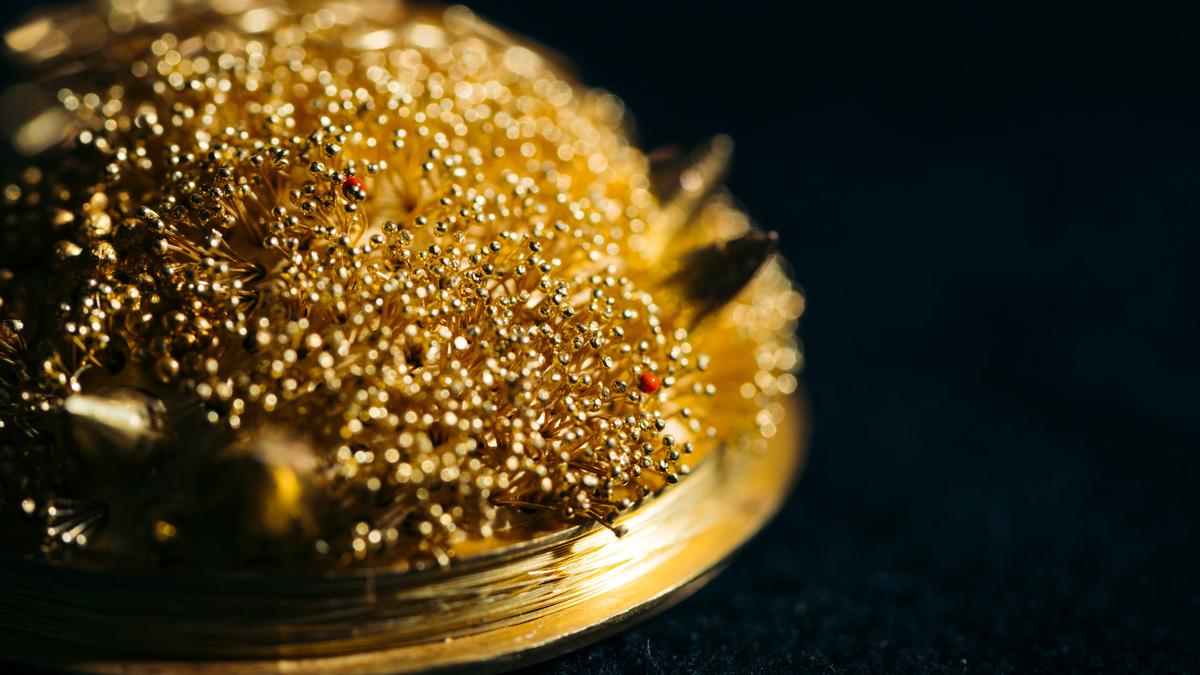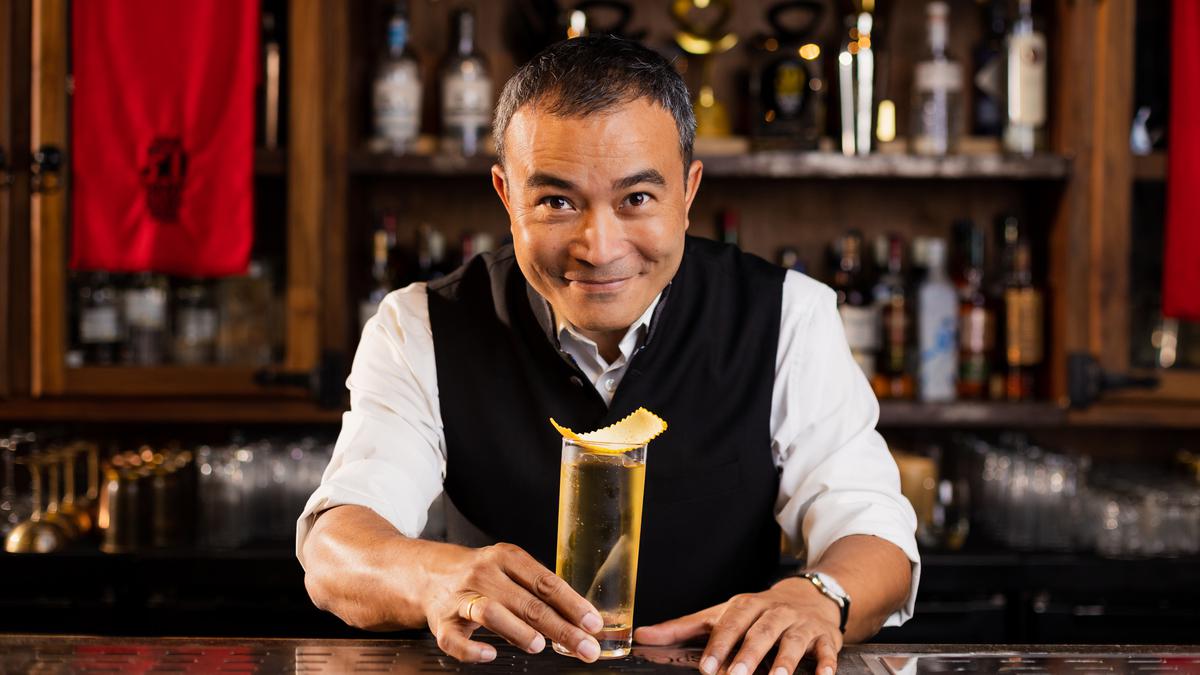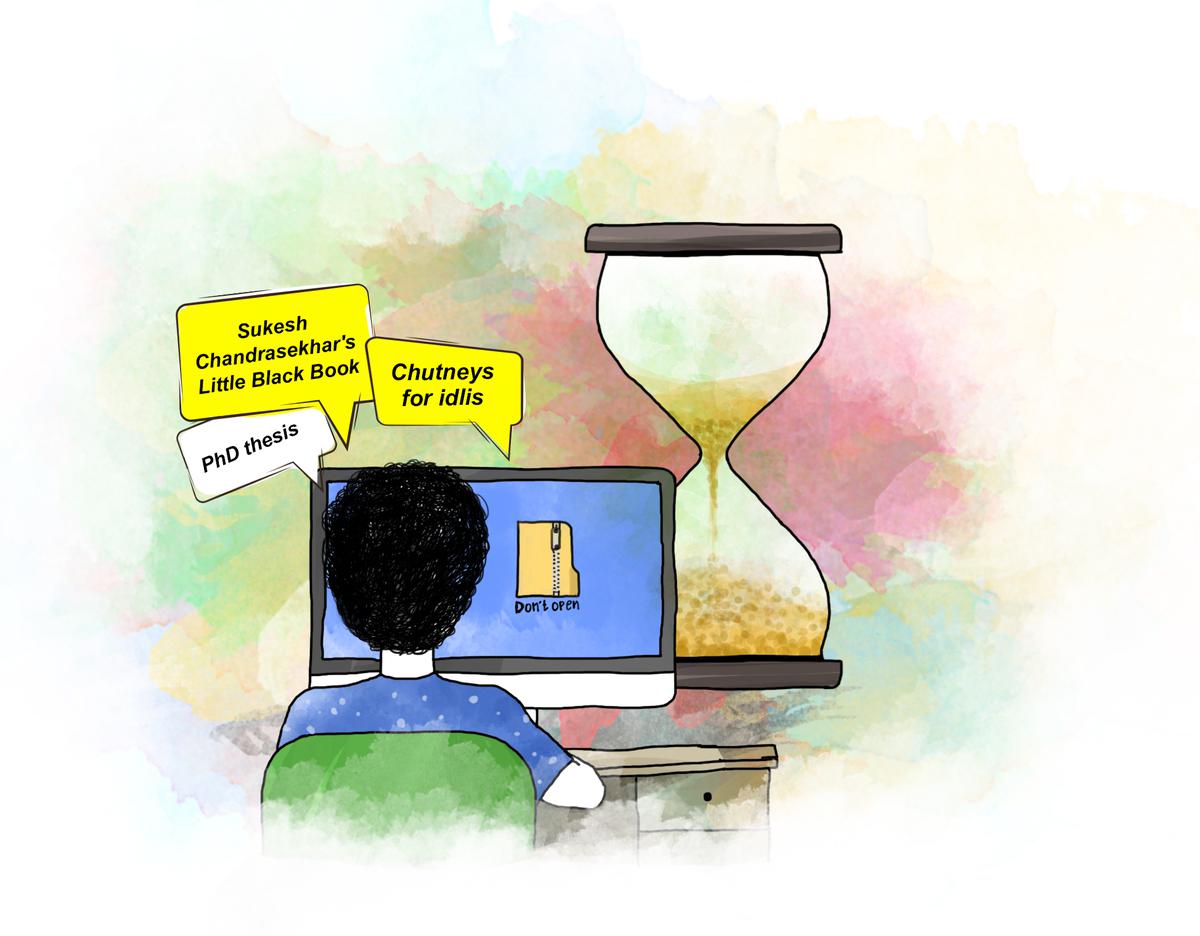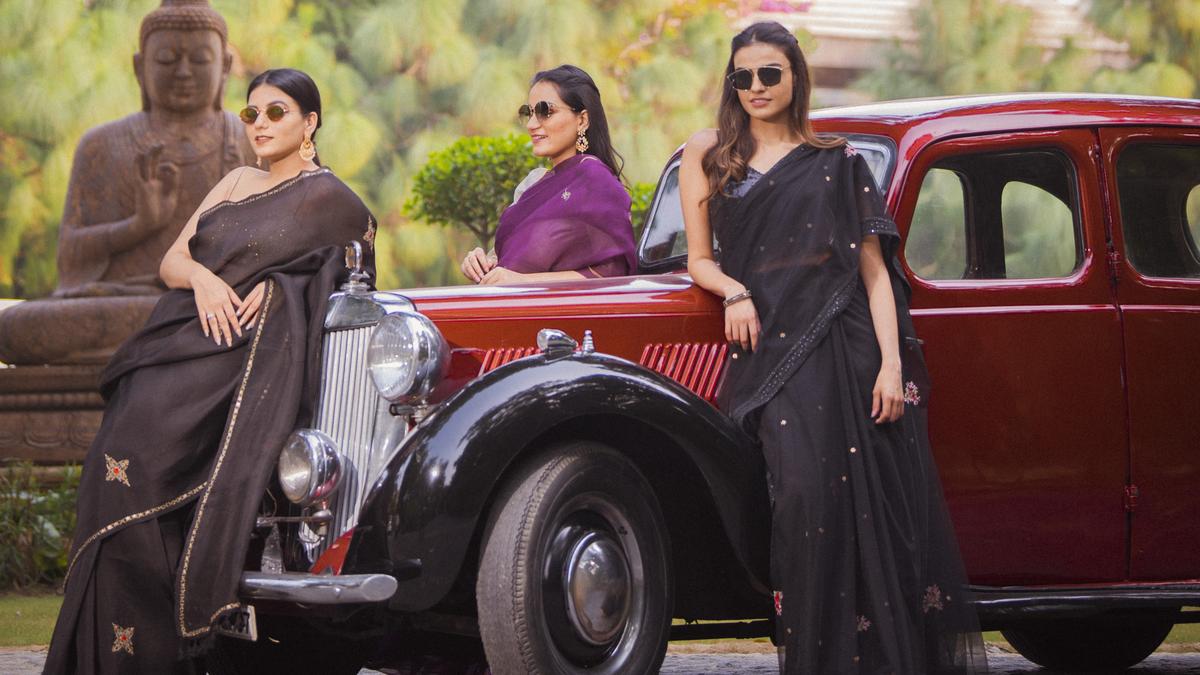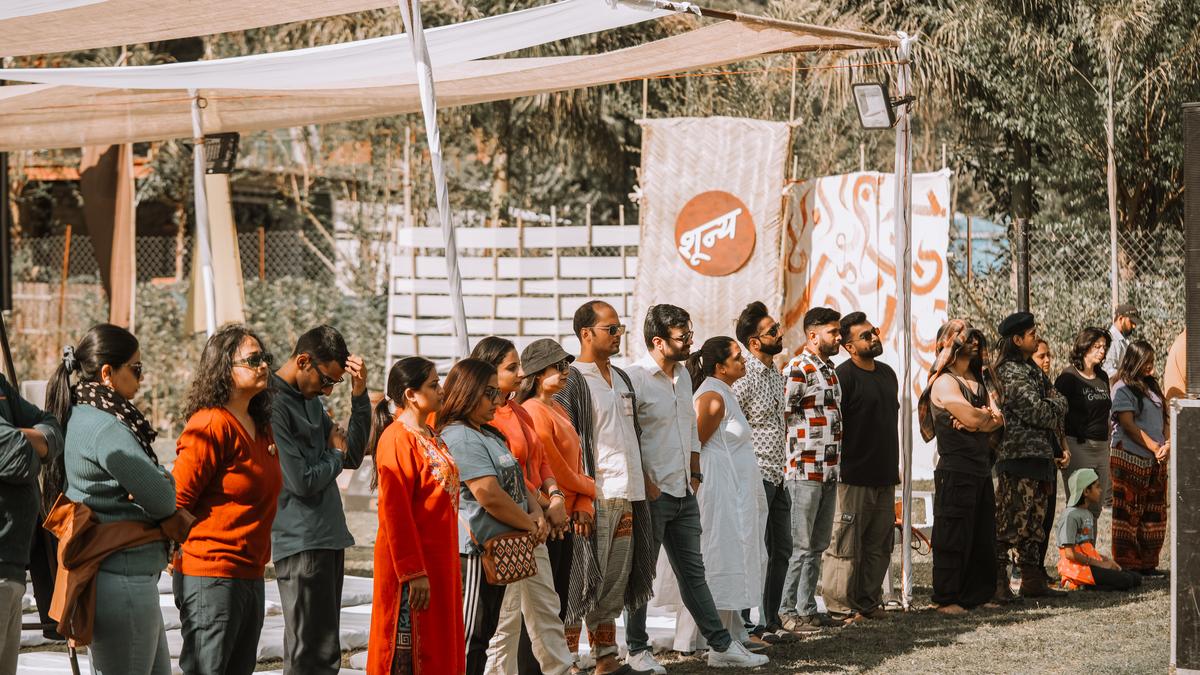A showcase of rare and old Pichwai paintings along with heirloom Basra pearl necklaces at multi-brand luxury retailer Evoluzione on Khader Nawaz Khan Road in Chennai
| Photo Credit: AKHILA EASWARAN
The first floor of multi-brand luxury retailer Evoluzione on Khader Nawaz Khan Road is abuzz with activity. The space, usually filled with designer outfits and bespoke jewellery, features rare, old pichwai paintings, as well as shelves adorned with heirloom Basra pearl necklaces for a day. Mimosas and cups of coffee are being passed around, as the crowd, dressed in elegant pastels, soaks in the display.
Designer Mita Banker, who curated the showcase, opens the event by inviting Vidya Gajapathi Raju Singh, Chennai-based entrepreneur and member of the erstwhile royal family of Vizianagaram, to present an insightful talk on the history of pearls around the world, along with their cultural, regional and religious significance. “The origin of pearls is a testament to Nature’s ability to create beauty from adversity,” she begins. Setting the scene to help us understand the beauty and significance of these gemstones, she says, “A natural pearl in an oyster can take over six years to form, and only one in 2000 oysters can create that perfect natural pearl.”
Vidya Gajapathi Raju Singh
| Photo Credit:
AKHILA EASWARAN
The heirloom necklaces on display come from various collectors and families in cities like Hyderabad, Lucknow and Baroda. “Some of these necklaces are over 200 years old,” says Mita, adding that bringing the pearls and pichwai paintings have heritage and cultural significance. “The showcase took four to five months to put together, especially the necklaces.” The pearl necklaces and strings of pearls start at ₹2 lakhs.
The pichwai paintings were brought down from Udaipur and Delhi by Sangamitra Singh and her daughter Nikita Singh, the granddaughter of pichwai art collector Gajendra Kumar Singh. She studied art restoration, specialising in Indian art from the Victoria Albert Museum in England. Her family has been collecting, restoring, and specialising in antiquities for four generations. “I’m the fifth generation, and pichwai was one of the main fortes of my great-grandfather. Artisans sat around our home back in Rajasthan doing this form of art, and this was about 350 years ago,” she says.
Sangamitra Singh
| Photo Credit:
AKHILA EASWARAN
Etymologically, the word pichwai can be divided into two halves: pich, which means behind (something), and wai, which means hanging. These paintings, made to be hung behind idols of deities, are painted on hand spun fabric like khadi, and often depict Lord Krishna.
On display are numerous pichwai paintings from various schools of art including Mewar, Nathdwara, Kishangarh, Bundi, and the very rare Golkonda or Deccan. “We started preserving the art form around 45 years ago by bringing together 45 artists,” says Sangamitra, adding that it was not easy to restart the production because natural brushes and paints need to be made and sourced. Most of these paintings are about 40 to 50 years old at least, and prices start at about ₹75k.
The pichwai paintings are on display at Evoluzione until February 22; for enquiries about the pearls, contact Mita Banker at +91 98407 52100.
Published – February 21, 2025 01:10 pm IST


